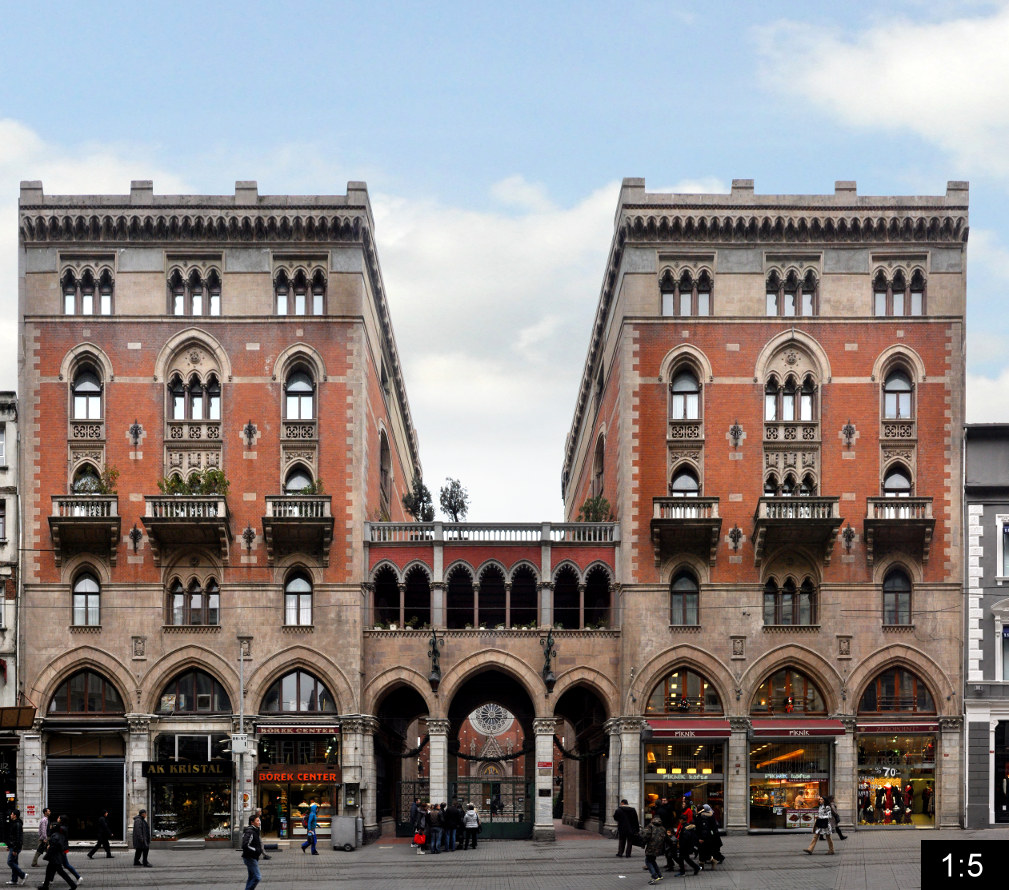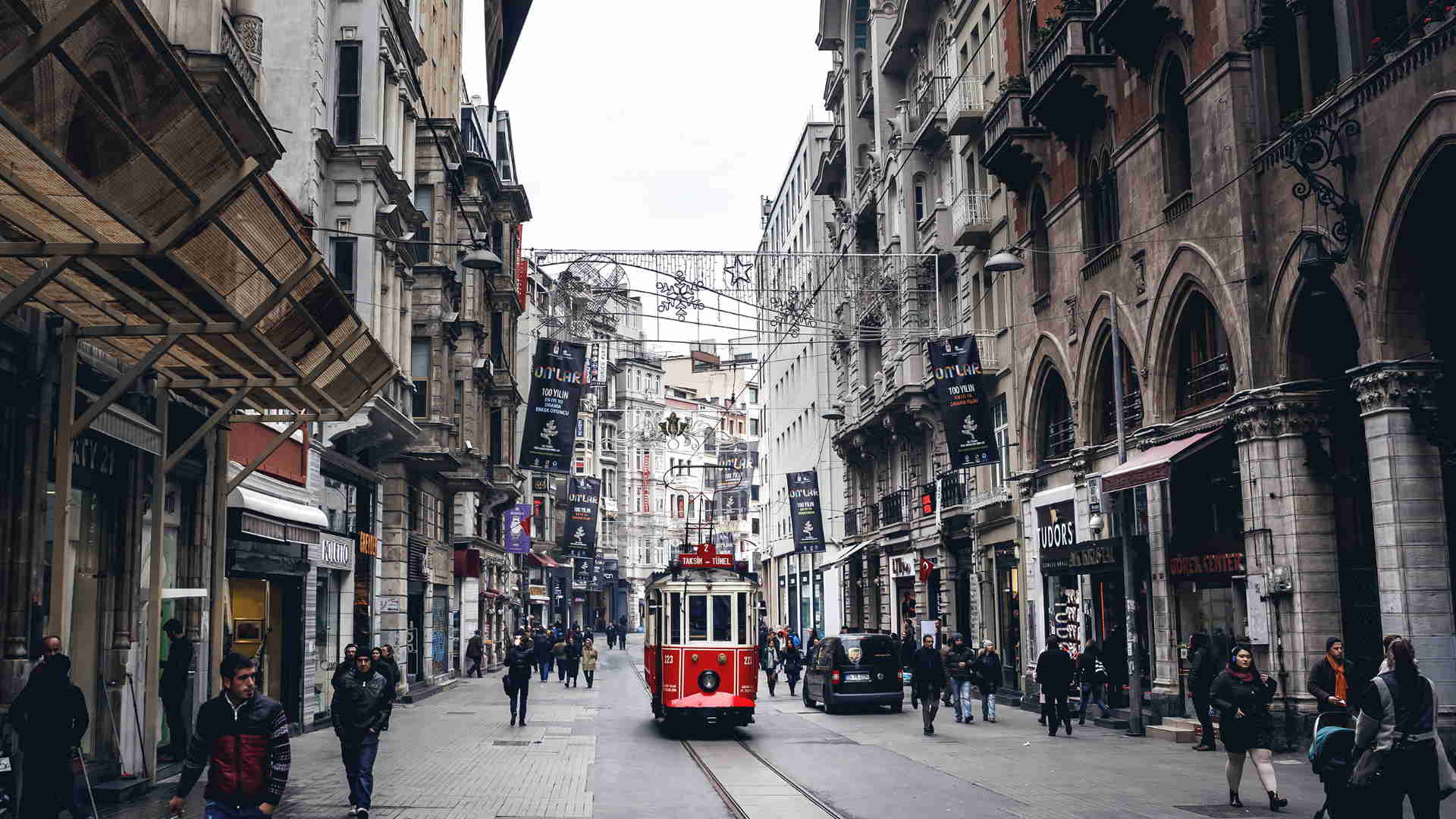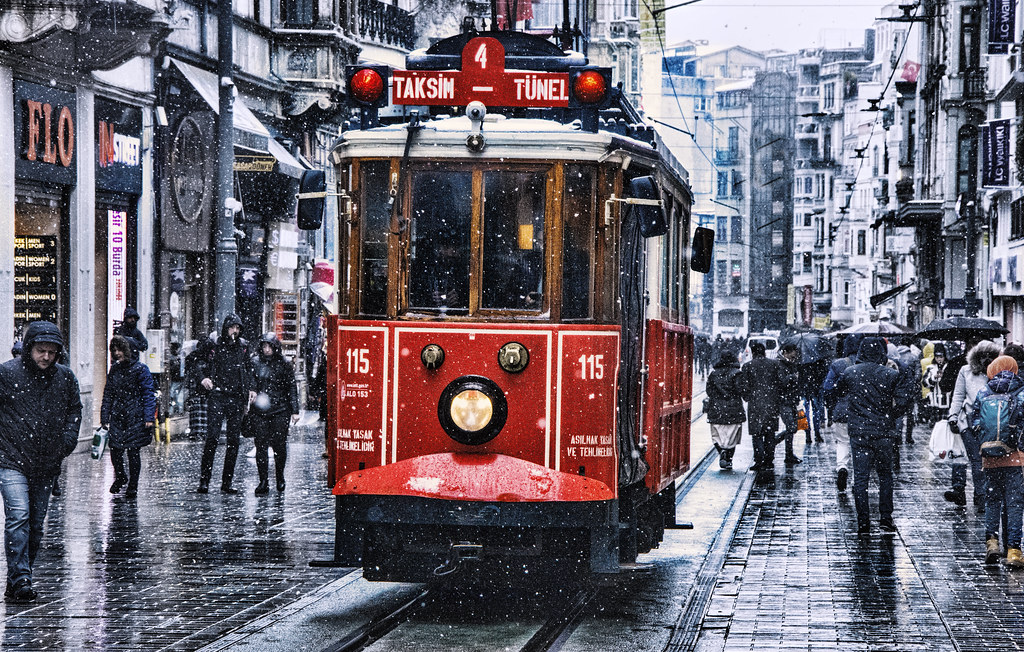
Istiklal Caddesi Streets & Transportation
İstiklal Caddesi o Viale Istiklal (in turco İstiklâl Caddesi, sign. Viale dell'Indipendenza: storicamente in francese Grande Rue de Péra, e in italiano Gran via di Pera) è una delle più famose strade di Istanbul in Turchia, frequentata da circa tre milioni di persone al giorno nel corso dei fine settimana.Ubicata nello storico distretto di Beyoğlu (Pera), è un'elegante zona pedonale.

İstiklal Caddesi, İstanbul/Turkey. Photo by Özgür Çankaya Istanbul, Shots, Louvre, Building
In the last days of the Ottoman Empire, Istiklal was the high-end European area of Istanbul. The street was renamed Independence Avenue after the Turkish republic was established in 1923, but fell.
NERESİ DESEM ??? ISTANBUL ISTIKLAL CADDESI
The area. Neighbourhood: Beyoglu. Istanbul's most famous street, pedestrianized Istiklal Caddesi (Independence Avenue), throbs day and night and offers a fantastic array of architectural sights, shops, treats, and throngs upon teeming throngs of people. At the avenue's northeastern end is expansive Taksim Square, thought by many to be the.
TURKEY ISTANBUL ISTIKLAL CADDESI Beautiful places of Barcelona and Catalonia
İstiklal Caddesi. Once called the Grand Rue de Pera but renamed İstiklal (Independence) in the early years of the Republic, Beyoğlu's premier boulevard is a perfect metaphor for 21st-century Turkey, being an exciting mix of modernity and tradition. Contemporary boutiques and cutting-edge cultural centres are housed in its grand 19th-century.

Istiklal Caddesi Avenue in Istanbul, Turkey
The area. Istanbul's most famous street, pedestrianized Istiklal Caddesi (Independence Avenue), throbs day and night and offers a fantastic array of architectural sights, shops, treats, and throngs upon teeming throngs of people. At the avenue's northeastern end is expansive Taksim Square, thought by many to be the very heart of the city.
To the City Istiklal Caddesi Istanbul's Famous Pedestrian Thoroughfare
The Nostalgic İstiklal Caddesi Tram, also known as the Taksim-Tünel Nostalgia Tramway, is an emblematic symbol of Istanbul's European side. Running from Taksim Square to Tünel Square, this 1.6-kilometer tram line transports passengers along the bustling İstiklal Caddesi , which was once called the Grande Rue de Pera.

Istiklal Avenue • Istanbul • Turkey
All About Istiklal Street. Istiklal street (istiklal avenue) is a must-see attraction for all visitors visiting istanbul. istiklal thoroughfare, also known as "independence caddesi," is a 1.5-kilometer-long colorful pedestrian street and magnificent boulevard that runs through beyoglu and is lined with stores, restaurants, cafés, and street performances. it is situated near taksim square.

İstanbul İstiklal Caddesi Taksim Beyoğlu Tarihi Tramvay Istanbul, Geziler, Camiler
A marvellous end to exploring Istiklal Avenue is a panoramic view of Istanbul from the top of the tower built in the 14th century. As one of the most striking landmarks of Istanbul, it holds fabulous views over the Golden Horn and Bosporus. Stretching for more than 1 mile, from the tunnel funicular to the independence monument in Taksim square.

Istanbul istiklal caddesi Foto & Bild europe, turkey, istanbul Bilder auf
Istanbul's most famous street, pedestrianized Istiklal Caddesi (Independence Avenue), throbs day and night and offers a fantastic array of architectural sights, shops, treats, and throngs upon teeming throngs of people. At the avenue's northeastern end is expansive Taksim Square, thought by many to be the very heart of the city, with many.

Istiklal Avenue PANORAMASTREETLINE
10. Clothes Shopping. Shopping on Istiklal Street is of course one of the top things to do in Istanbul. One of the two most important shopping streets in Istanbul, Istiklal (the other is Bagdat Street on the Asian Side) is full of fashion boutiques and is ideal for clothes shopping.

Istiklal Caddesi Avenue in Istanbul, Turkey
The area. Istanbul's most famous street, pedestrianized Istiklal Caddesi (Independence Avenue), throbs day and night and offers a fantastic array of architectural sights, shops, treats, and throngs upon teeming throngs of people. At the avenue's northeastern end is expansive Taksim Square, thought by many to be the very heart of the city.

İstiklal Caddesi'nde yürürken keşfedebileceğiniz onlarca bina SiziBekliyor KÜLTÜR.İSTANBUL
Die Istiklal Caddesi, in ihrem alten Namen: „Grande Rue de Pera", ist der große Boulevard von Istanbul. Die Straße zieht sich vom Taksim Platz im Norden, zum Galataturm im Süden hinunter - parallel zum Bosporus. Flankiert wird die Istiklal Caddesi von Sehenswürdigkeiten, Boutiquen, Einkaufszentren und Bars.

Istiklal Caddesi Avenue in Istanbul, Turkey
Istiklal Caddesi is a bustling 1.4 km street that begins at Taksim Square and stretches all the way to the Funicular Tunel, a unique transportation method connecting Karaköy to Taksim. If you continue along this vibrant street downhill, the iconic Galata Tower, one of Istanbul's most celebrated landmarks, comes into view.. Given its popularity, it's unsurprising that Istiklal Caddesi often.

İstanbul İstiklal Caddesi / Nostaljik Tramvay After closin… Flickr
İstiklal Avenue (Turkish: İstiklal Caddesi; English: Independence Avenue), historically known as the Grand Avenue of Pera (Ottoman Turkish: جادهٔ كبیر, romanized: Cadde-i Kebir; Greek: Μεγάλη Οδός του Πέραν, romanized: Megali Odos tou Peran; French: Grande Rue de Péra), in the historic Beyoğlu (Pera) district, is an 1.4 kilometre (0.87 mi) pedestrian street and.

Istiklal Avenue Istanbul Tour Studio Istanbul Guide
Çiçek Pasji / The Flower Passage. The Flower Passage is a historical arcade containing cafes, restaurants and wineries. The arcade originally contained a theatre, which was destroyed in a fire. After the Russian Revolution of 1917, many formerly wealthy Russian women sold flowers here, giving the area its name.

Istiklal Caddesi Avenue in Istanbul, Turkey
The largest and most prominent Catholic church in Istanbul, the majestic St. Antoine on Istiklal Caddesi was built between 1906 and 1912 in the Venetian Neo-Gothic style.